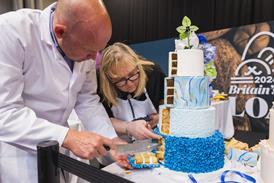Can syrups take place of sugar in bakery?

With the government targeting refined sugar as part of its drive to cut obesity, bakers can use syrups to create sweetness in baked goods, but what complications do they bring?
To continue reading, register for free
You are what you read, registration is quick, easy and free. Just click register now and you’ll be finished faster than it takes you to butter a crumpet!
Don’t miss out:
- Unlimited access to content
- Regular newsletters to your inbox
- Save articles to read later on
- A more personalised experience
Already registered? Please log-in here


















